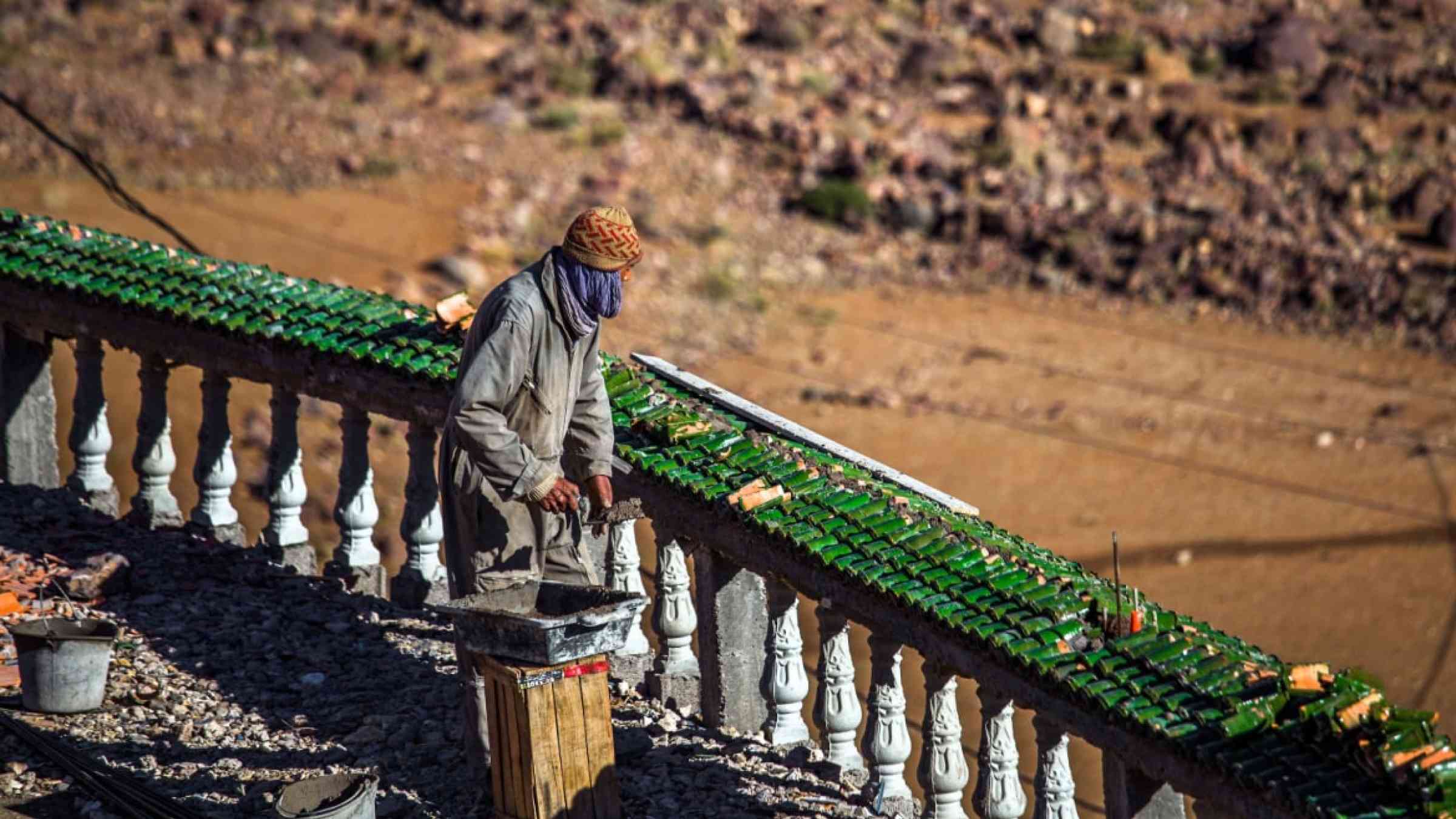Morocco earthquake devastation worsened by age-old construction methods, expert says

Traditional construction methods were no match for the earthquake that rocked Morocco on Friday night, an engineering expert says, and the area will continue to see such devastation unless updated building techniques are adopted.
“The most important problem here is that in that region, mud-brick construction and unreinforced masonry construction seems to be prevalent, and they fail when earthquakes come,” Mehrdad Sasani, a professor of civil and environmental engineering at Northeastern University says. Sasani is an expert in building collapse, and community and building resilience.
“We have seen that (failure) in the past, over and over again,” Sasani said. “It’s unfortunate — it’s a societal, economic and technical problem — and we will see repetitive problems where earthquakes will cause such damage.”
But Sasani said updated building techniques would be hard to implement in the rural, mountainous and largely undeveloped area of Morocco where the quake struck.
“In that area, I’m sure they have many other needs,” Sasani says. “I’m sure they would love to live in buildings that are earthquake resistant, but the resources they have don’t lend themselves to that development.”
An earthquake struck in the High Atlas Mountains of western Morocco shortly after 11 p.m. on Friday, and had a magnitude of at least 6.8, according to a preliminary report from the U.S. Geological Survey. The quake was the strongest to hit the area in more than a century. Authorities said at least 2,000 people were killed and several hundred were injured in the quake. The deadliest and most destructive earthquake in Morocco’s recent history had a magnitude of 5.8 and killed roughly 12,000 people in 1960, the New York Times reported.
Sasani says that the region where the quake struck predominantly relies on two types of building.
The first is buildings constructed using sun-dried bricks — square-shaped mixture of clay and mud and other materials. The construction method is thousands of years old.
“It would crumble very rapidly,” in the event of a major earthquake, Sasani says.
The second type of buildings are those that use unreinforced masonry. These buildings use bricks that are fired, and thus more resilient than mud-brick construction. But the masonry lacks vertical and horizontal layers of embedded steel rebars that can protect it during an earthquake.
“If you want to make a masonry or brick structure resilient or resistant to earthquakes, you have to have steel reinforcing bars throughout the structure,” Sasani says.
Unfortunately, construction methods that use such reinforced masonry are not well utilized in the remote and less developed areas of the world. When such areas are on or near major fault lines, as is the case with Morocco, an earthquake can result in disaster.
Moreover, Sasani says it may be difficult to implement earthquake resistant construction as a common practice in the region due to limited societal, economic and technical resources. After the 1960 earthquake struck the city of Agadir — a quake that has about 30 times more energy than Friday’s quake, Sasani noted — Morocco made an effort to rebuild the city using earthquake-resistant methods.
But Sasani says it is easier to implement such methods in a city than it is in a large, predominantly rural and undeveloped mountainous region such as the High Atlas Mountains.
“Having standards is one thing; implementing the standards is another thing,” Sasani says.
And implementing standards takes more than will.
“Economic resources are most important — and beyond that you need to have technical (engineering) resources and well-developed and implemented seismic codes and regulations,” Sasani says.